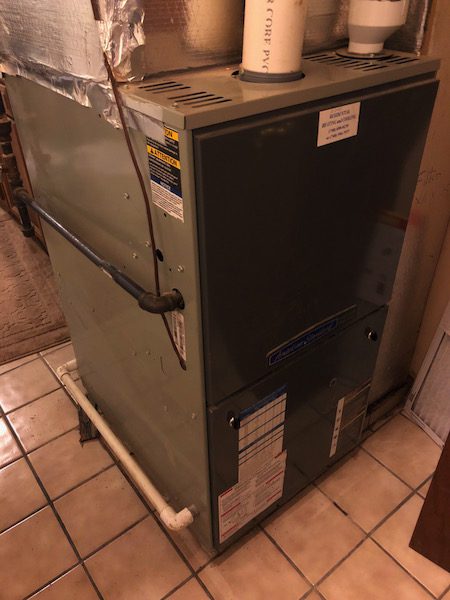Good HVAC Design Is Essential When Buying or Renovating a Home

Buying a new house or renovating or retrofitting an older one is a huge undertaking. That’s why it’s so important to make sure that nothing is taken for granted. At the top of any list of importance in home design is the house’s HVAC system. You can have the nicest house in the world, but if the heating and cooling system has been short-shifted, the new or renovated home will be a costly failure.
What’s Involved With Proper HVAC Design?
Following are some aspects of good HVAC design:
• An obvious place to start is the equipment that provides conditioned air in your home. On top of installing tried-and-tested quality brands, the heating and cooling equipment should be energy efficient and sized to handle the heating and cooling loads of your home. A central AC, heat pump or furnace that’s too small for your home will struggle to keep it comfortable, with the stress of that struggle resulting in more breakdowns and an abbreviated service life. An oversized HVAC system will waste energy, stress equipment, and may not be able to provide balanced heating and cooling.
• Proper ventilation is essential in any home, new or old. This means a regular replacement of stale interior air with fresh outside air, either through natural or mechanical ventilation. A closed system with inadequate ventilation will result in stale, unhealthy air, with adverse health consequences for family members. Balanced ventilation systems (Energy Recover and Heat Recovery ventilating systems – ERVs and HRVs) do a good job of replacing stale air in an energy-efficient manner. Effective exhaust fans are important as well, and in many homes, attic fans are essential for preventing heat from collecting in the attic.
• Even if you have the best HVAC equipment creating conditioned air in your home, if the delivery system is faulty, you’re wasting money and energy. Issues that can compromise the air distribution system in your home include poor design of the duct network or leaky and defective ducts in that system; inadequate design or placement of supply and return registers and vents; and uninsulated duct sections in unconditioned part of the home (wall cavities, crawlspaces, garage, attic, etc.).
• Proper HVAC design should have effective systems for humidity control, especially if you live in an area with excessively high humidity during warm seasons and low humidity in the winter. Even if the temperatures in your house are within your family’s comfort level, if the air is too humid or dry, that comfort will be compromised. Air that’s too moist or too dry also can have adverse health consequences.
• Good indoor air quality is a key part of proper HVAC design in a home. While the aforementioned ventilation plays a key role in indoor air quality, an effective air filter in any forced-air HVAC system is essential. This means an air filter rated to remove the great majority of indoor contaminants from the air (that’s replaced regularly), and in cases where air quality is a special concern, a dedicated whole-house air cleaning or purifying system.
